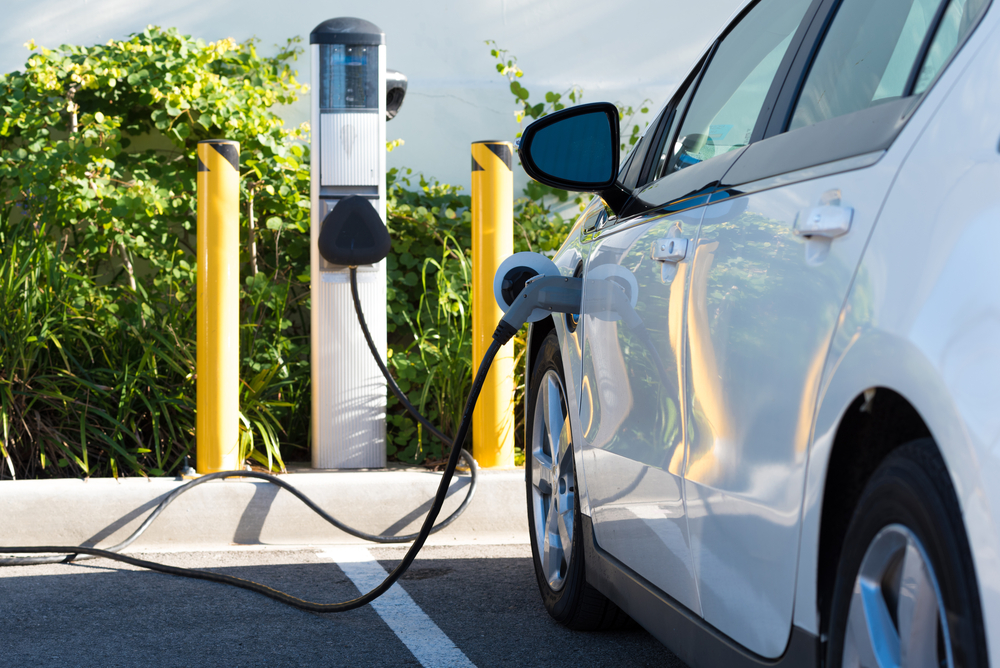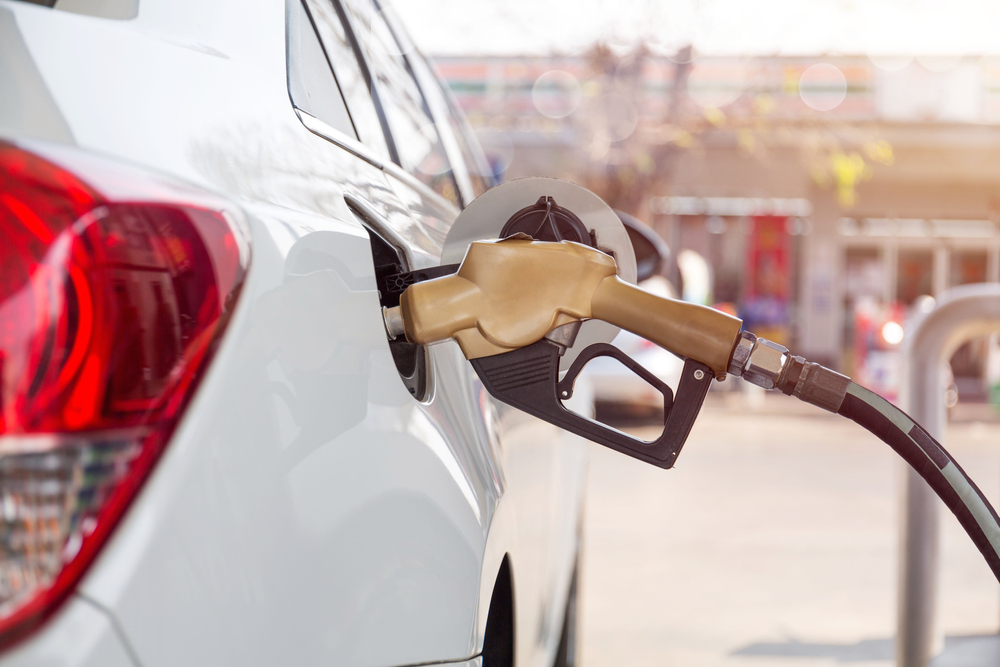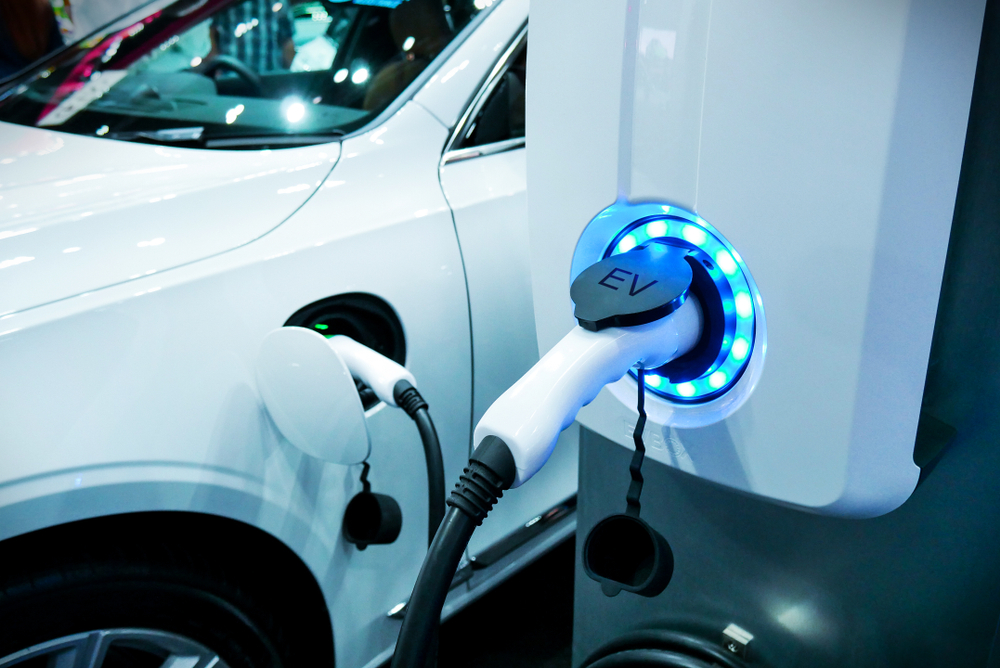With the cost of electric cars going down and with charging stations becoming more widely available, many people are starting to consider buying an electric car.
By 2030, we expect to see almost 200 million electric vehicles on the road.
Even with the burst in popularity, it’s only normal for people to do their due diligence and even express some concerns about EVs.
One common question that potential buyers have is how long an electric car can hold its charge.
According to EVBox Mobility Monitor, 40% of potential EV owners are worried about not being able to charge their car when they need to and running out of battery while traveling.
Although this is a legitimate concern, it’s really nothing to worry about. You just need to be familiar with your car’s make and model and plan your trips accordingly.
How long a car can sit without being charged depends on your vehicle’s make and model, but you can expect the car to sit for months without being charged.
Table of Contents
How long can you leave an EV sitting without charging?

That depends on the amount of starting charge in your EV or electric vehicle, but if your sitting vehicle is mostly charged, you can expect it to hold its charge for as long as 6 months.
Even if your vehicle is charged to about 50%, it still should be able to sit for a few months.
Unlike popular belief, it’s never ideal for an EV to be 100% charged. That’s because it can lead to faster battery degradation.
Instead, you should start with between 70% and 90% charge when leaving your EV for a long period of time.
Do electric cars lose charge if not used?
Yes, electric cars lose charge when they’re not being used. However, the loss is quite minimal.
Ideally, your vehicle should have at least a 50% charge when being stored. If it’s going to sit for a long time, somewhere between 70% and 90% would be best.
If you really want to minimize energy consumption and loss of charge during long-term storage, you should take advantage of your EV’s “power save” or “deep sleep” mode if your vehicle happens to have this function.
Doing so will help you save power as well as turn off all systems, including unnecessary ones like your GPS.
How often does an electric car need to be charged?
The majority of EV manufacturers agree that you should have between 20% and 90% battery charge.

The frequency with which you should charge your EV would depend on your driving habits and your vehicle’s range limitations, but in general, charging your EV every 3 days or so would be ideal.
Charging while driving
If you’re wondering whether electric cars can charge while driving, the answer is “no.” Currently, EVs cannot be charged while in operation.
In order to charge your vehicle, you need to manually plug it into a charging port. Charging can take anywhere from half an hour to a few hours, depending on the size of your battery and how much charge you need.
What does DTE stand for?
DTE, designed to tell you how much farther you can drive with your EV battery’s remaining charge, stands for “Driving to Empty.”
In a nutshell, it’s how far your EV can travel until the battery is completely used up.
Your EV’s DTE, which is translated into a distance number so it’s easy to understand, is based on a number of factors, including the current state of charge, how much you’ve already driven on your current charge, and driving conditions.
This knowledge is extremely important for drivers since there’s no alternative to charging stations.

Unlike gas-powered cars, your vehicle won’t benefit from roadside assistance, e.g., having fuel delivered to your car, so your EV has to be transported to a charging point if your DTE number reaches zero.
And transporting your car would be far from cheap.
Preventing battery loss on the road
To prevent this situation from happening, many EV manufacturers make it difficult for your vehicle’s battery to completely run out.
For example, some vehicles, such as the Nissan Leaf, end up in Turtle Mode before totally shutting down.
In Turtle Mode, the vehicle slows to 30mph (50km/h) for a little over a kilometer, providing the driver with more time to reach a safer spot and ask for help.
Other vehicles will calculate your DTE and let you know when you’re moving farther away from a charging station.
But because DTE is based on current driving conditions, you shouldn’t take your calculated DTE at face value.
A hundred miles will not be the same if you turn your headlights and heater on or drive faster than you usually do.
If your vehicle is nearing empty and the DTE indicates you have just enough to make it, it would be wise to maintain a driving style that’s energy efficient.
That way, you can make it to a charging station before your battery is depleted.

What’s considered a good range?
“Good range” is subjective and depends on the driver’s needs. However, range is something that many EV buyers take into consideration before making their purchase.
But still, range isn’t the only important factor when choosing an EV.
Most people, whether they’re driving gas cars or EVs, don’t get even close to driving their vehicle to the point of complete emptiness.
The average American only drives 14,300 miles (23,000 km) per year, which roughly translates to 39 miles (62 km) per day.
In Europe, the average differs from country to country, but generally speaking, Europeans drive less than half the distance of Americans, mostly due to their smaller, narrower roads and widespread public transportation.
Here’s the bottom line: the majority of Americans’ daily commutes don’t make it possible for their EVs to even come close to reaching their EV’s total range.
Furthermore, because “topping up” is quite different from putting gas in a gas vehicle, since charging can be done while you’re at work or while you’re sleeping, the fear of running out of battery isn’t as common among EV drivers as one might think.
And, thanks to innovative features, such as the DTE metric, drivers’ fears about losing battery have largely been quelled.
How EV range changes over time

Although EV cars lose range over time, it’s not as much as one might think. It’s estimated that the majority of EV batteries will last between 10 and 20 years before needing a replacement.
Also, contrary to popular belief, it’s not possible for EV batteries to simply stop working. So you shouldn’t expect your EV battery to just stop on the road without any warning or indication.
Instead, you can expect it to gradually degrade over time, which means it’s quite unlikely you’ll end up in a situation where you suddenly have to replace your battery.
Battery loss averages out at about 2.3% per year. So if you buy an EV that comes with 150 miles (240 km) of range, you can expect the battery to have lost 17 miles (27 km) after 5 years.
To alleviate consumers’ anxiety about range, a number of manufacturers give a battery warranty, which usually lasts between 5 and 10 years or 62,000 miles (100,000 km).

















